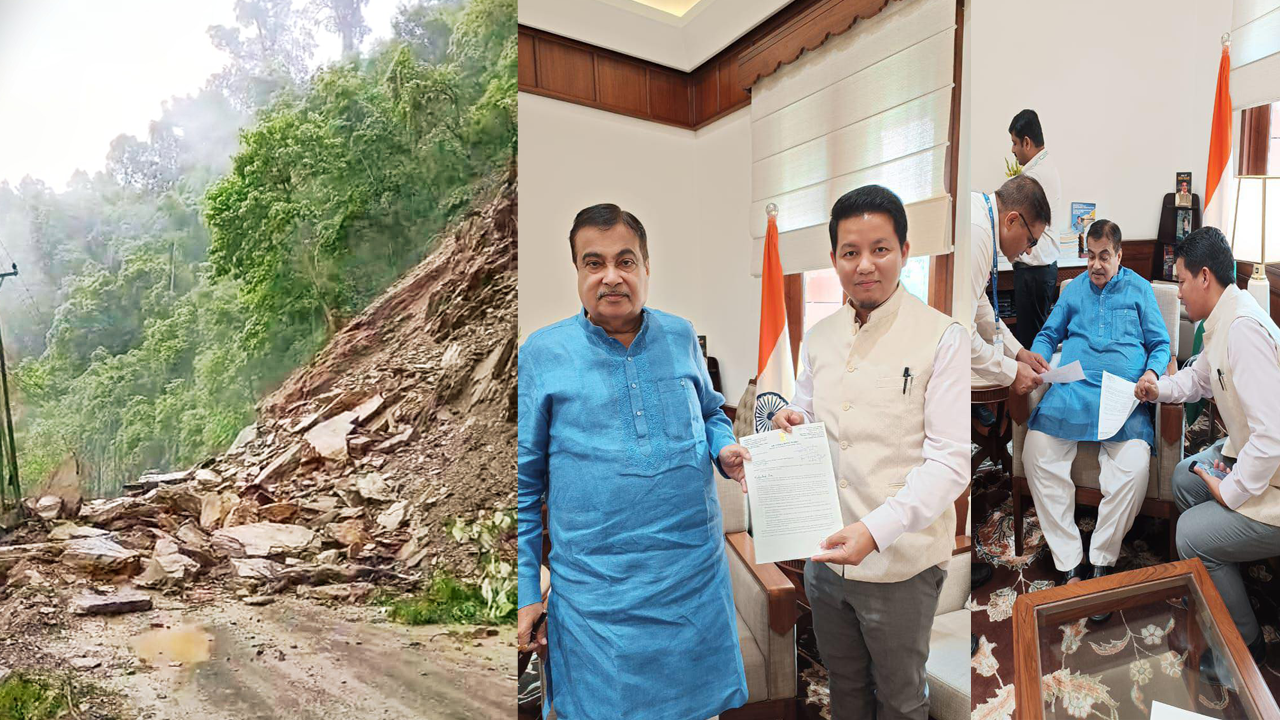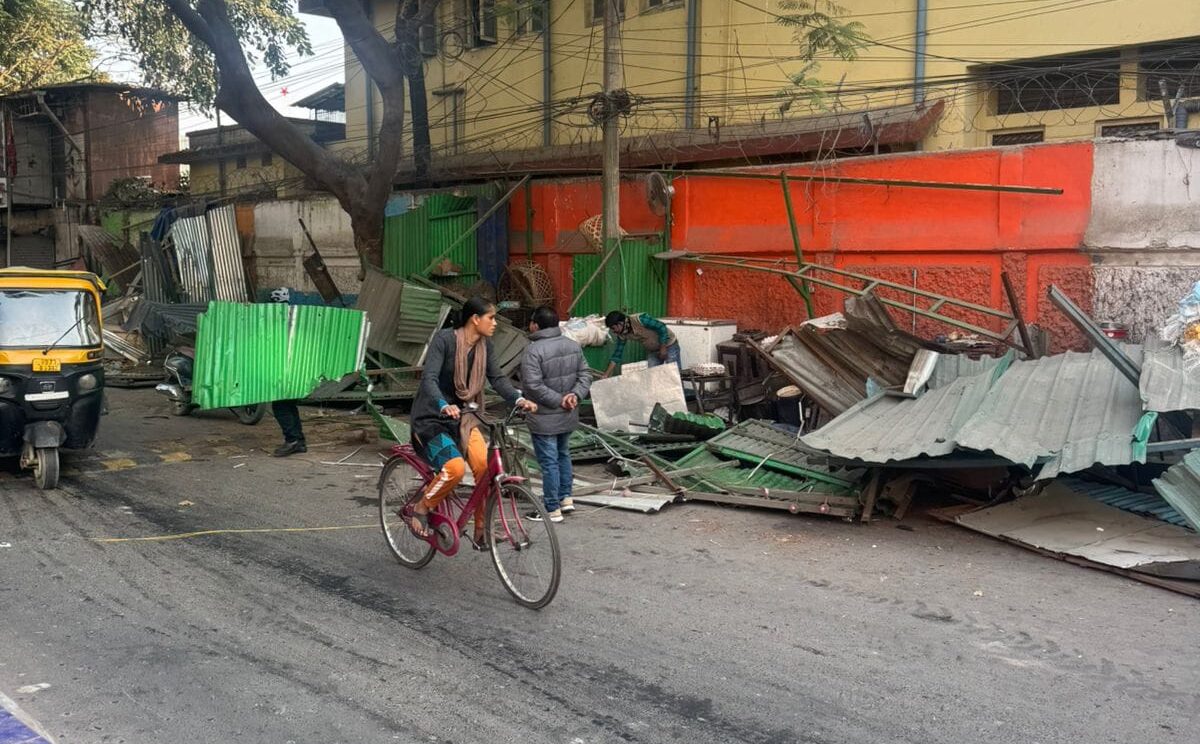
New Delhi, Aug 01 : Dr. Indra Hang Subba, the Lok Sabha MP from Sikkim, has formally requested urgent intervention from Union Road Transport & Highways Minister Nitin Gadkari to address the critical and flood-prone condition of National Highway 10.1 The highway, which serves as a vital link between Sikkim and the rest of India, has become increasingly fragile, particularly along the Teesta River stretch in West Bengal’s Kalimpong district.2
In a memorandum submitted to the minister, Dr. Subba highlighted that the highway is susceptible to frequent landslides and flooding, particularly during heavy rainfall when the Teesta River overflows.3 He noted that the NH 10, which runs from Gangtok to Sevoke, is now maintained by the National Highways and Infrastructure Development Corporation Ltd. (NHIDCL) since October 2024.
According to Dr. Subba, the devastating Teesta flash flood of October 2023 caused significant geomorphological changes to the river. This has led to a major rise in the riverbed due to the deposition of silt, boulders, and debris. Consequently, several stretches of the highway, especially between Sevoke and Melli, are now prone to inundation, threatening the lives and property of residents and commuters.
Dr. Subba cited a report from a Jal Shakti Ministry-appointed panel, which found that the Teesta riverbed has risen significantly in various areas. The worst-affected is the Melli stretch, where the riverbed has increased by nearly 14 meters, drastically reducing the river’s capacity and heightening flood risks.4
“These recurring floods have not only compromised the safety and usability of NH 10 but have also disrupted critical supply chains, emergency services, and tourism,” Dr. Subba stated. He added that local residents have suffered property losses and continue to live in fear of further erosion and isolation.5
To address the immediate crisis, Dr. Subba urged Minister Gadkari to undertake several measures, including:
Immediate technical assessments and stabilization work on the vulnerable sections of the highway.
Urgent flood mitigation measures, such as river training, embankment reinforcement, and improved drainage infrastructure.
Long-term management of silt and debris in the Teesta River basin, in collaboration with relevant hydrological agencies.
The Jal Shakti Ministry’s report, while advising against extensive dredging, suggested that the river should be allowed a certain period to stabilize its regime.6
For a strategic, long-term solution, Dr. Subba strongly recommended that the ministry consider the construction of an alternative “Greenfield” highway. This new route would run on the opposite bank of the Teesta River, parallel to the existing NH 10, to bypass the most vulnerable and flood-prone sections. He argued that such a corridor, designed with modern, flood-resistant features, would “provide strategic redundancy, improve regional connectivity, and ensure uninterrupted access to Sikkim in the face of recurring natural disasters.”
As an interim solution, Dr. Subba also proposed that the NHIDCL install temporary elevated corridors along the most at-risk parts of NH 10 to prevent flooding until the new Greenfield highway is completed.
In response to Dr. Subba’s representation, Union Minister Gadkari reportedly directed ministry officials and engineers to take “appropriate action” on the concerns and demands raised by the Sikkim MP.





